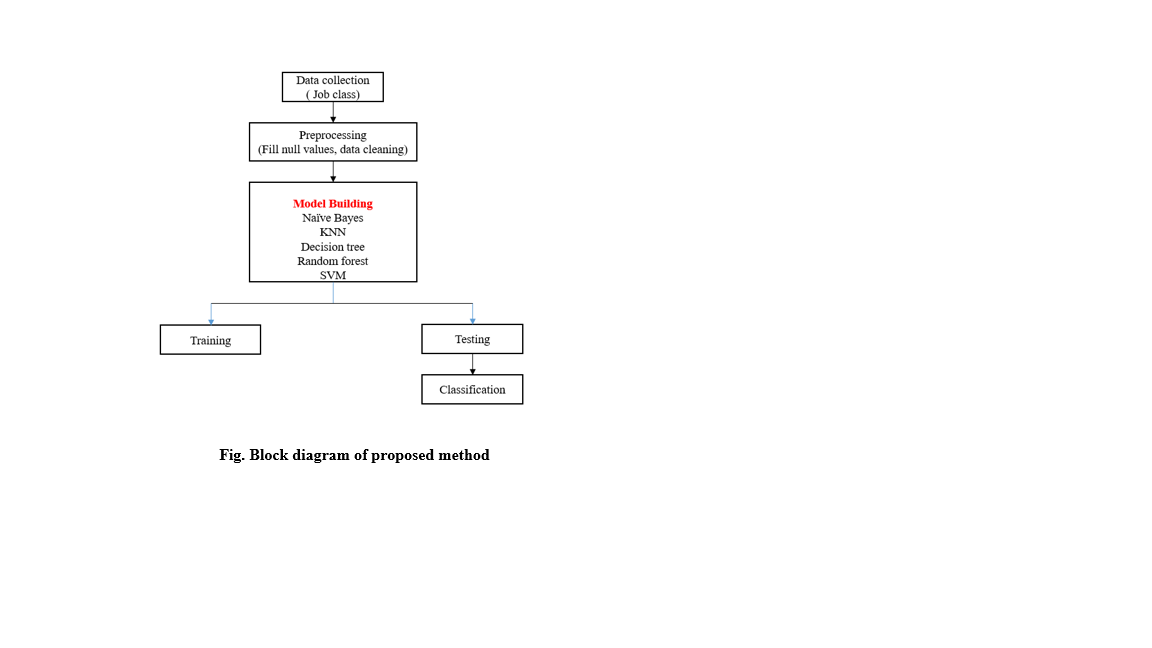Sentimental Analysis of Placement Data for Job Classification by Students Using Naive Bayes in Comparison with Support of Vector Machine
Objective
The main objective of this application is to classify the job class by comparing different machine learning algorithms.
Abstract
Characterizing the work that people do on their jobs is a longstanding and core issue in labour economics. Traditionally, classification has been done manually. If it were possible to combine new computational tools and administrative wage records to generate an automated crosswalk between job titles and occupations, millions of dollars could be saved in labour costs, data processing could be sped up, data could become more consistent, and it might be possible to generate, without a lag, current information about the changing occupational composition of the labour market. This application examines the potential to assign occupations to job titles contained in administrative data using automated, machine-learning approaches. We use a new extraordinarily rich and detailed set of data on transactional HR records of large firms (universities) in a relatively narrowly defined industry (public institutions of higher education) to identify the potential for machine-learning approaches to classify occupation. For this classification we use Naïve Bayes, Random forest, Decision Tree, K nearest neighbour and Support vector machine learning algorithms.
Keywords: Machine learning approaches, Traditional approaches, Classification, Computational tools.
NOTE: Without the concern of our team, please don't submit to the college. This Abstract varies based on student requirements.
Block Diagram

Specifications
H/W Specifications:
- Processor:
I3/Intel Processor
- RAM : 8GB (min)
- Hard Disk :128 GB
S/W Specifications:
- Operating System: Windows 10
- Server-side Script :Python 3.6
- IDE : PyCharm
- Frame work : Stream Lit
- Libraries Used : Numpy, Pandas, Scikit-Learn.
Learning Outcomes
LEARNING OUTCOMES:
· Practical exposure to
· Hardware and software tools
· Solution providing for real time problems
· Working with team/individual
· Work on creative ideas
· What type of technology versions is used?
· Supervised machine learning algorithms.
· About stream lit.
· Pre-processing techniques.
· About Python language
· Use of Data Science





 Paper Publishing
Paper Publishing
